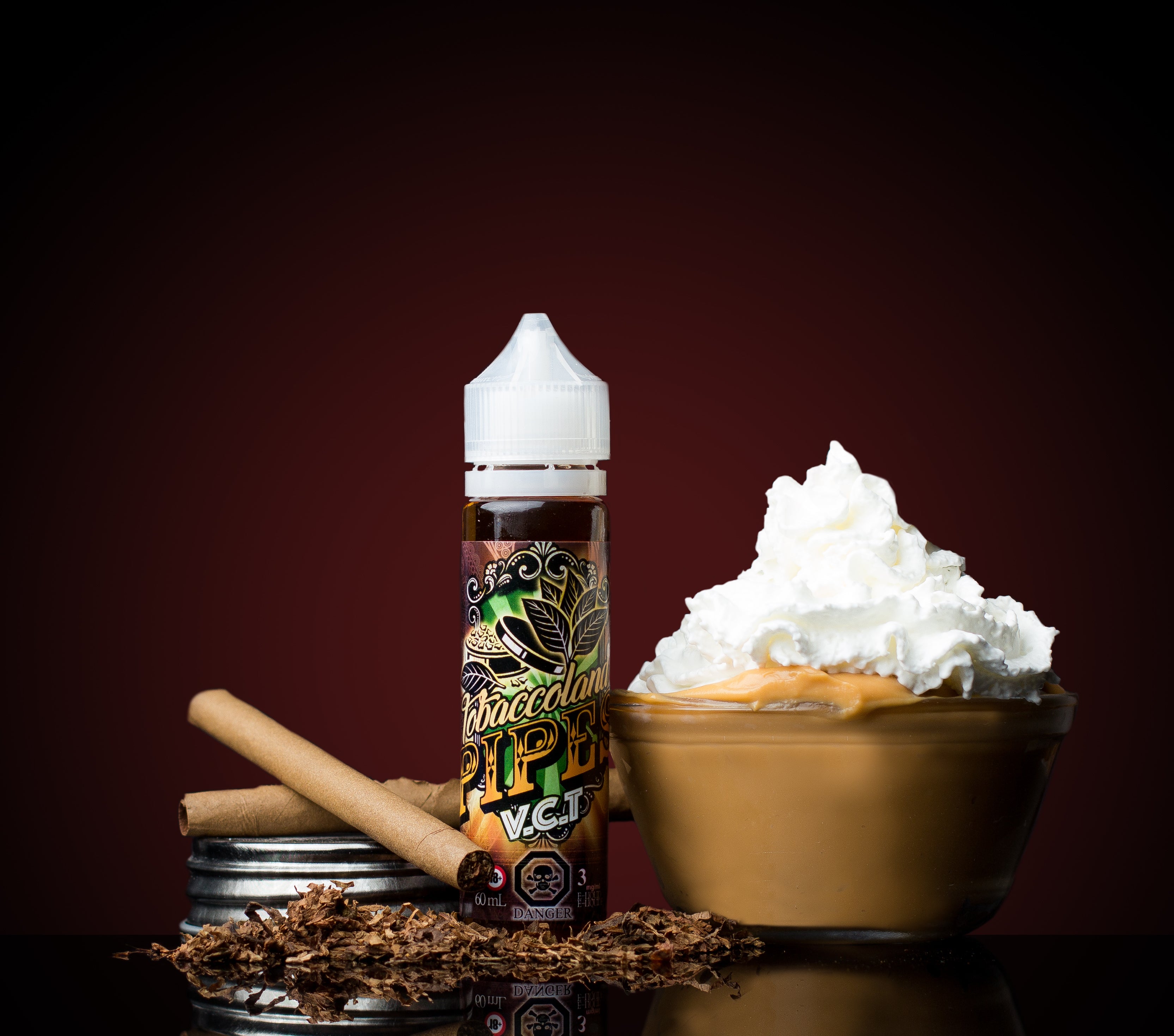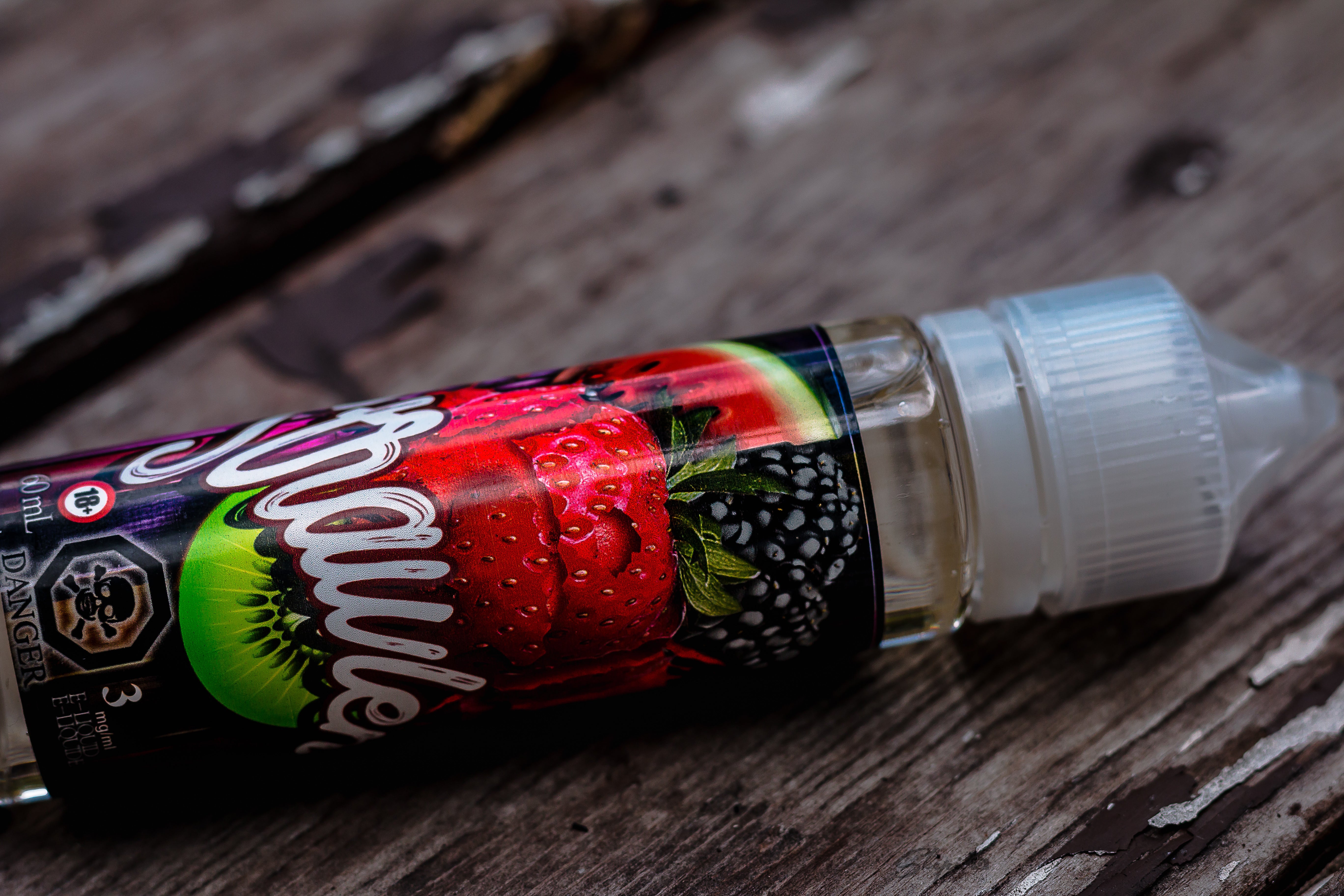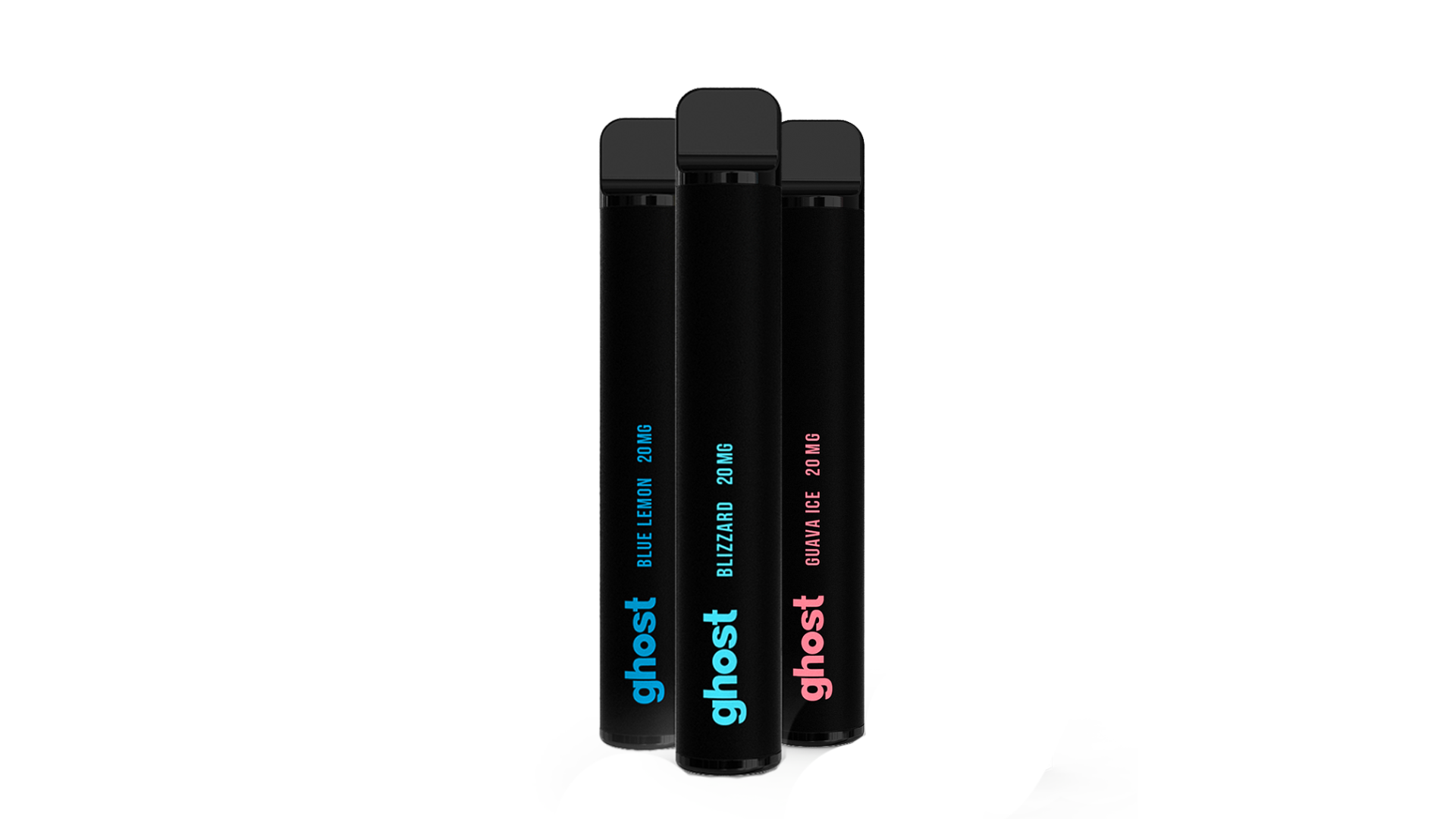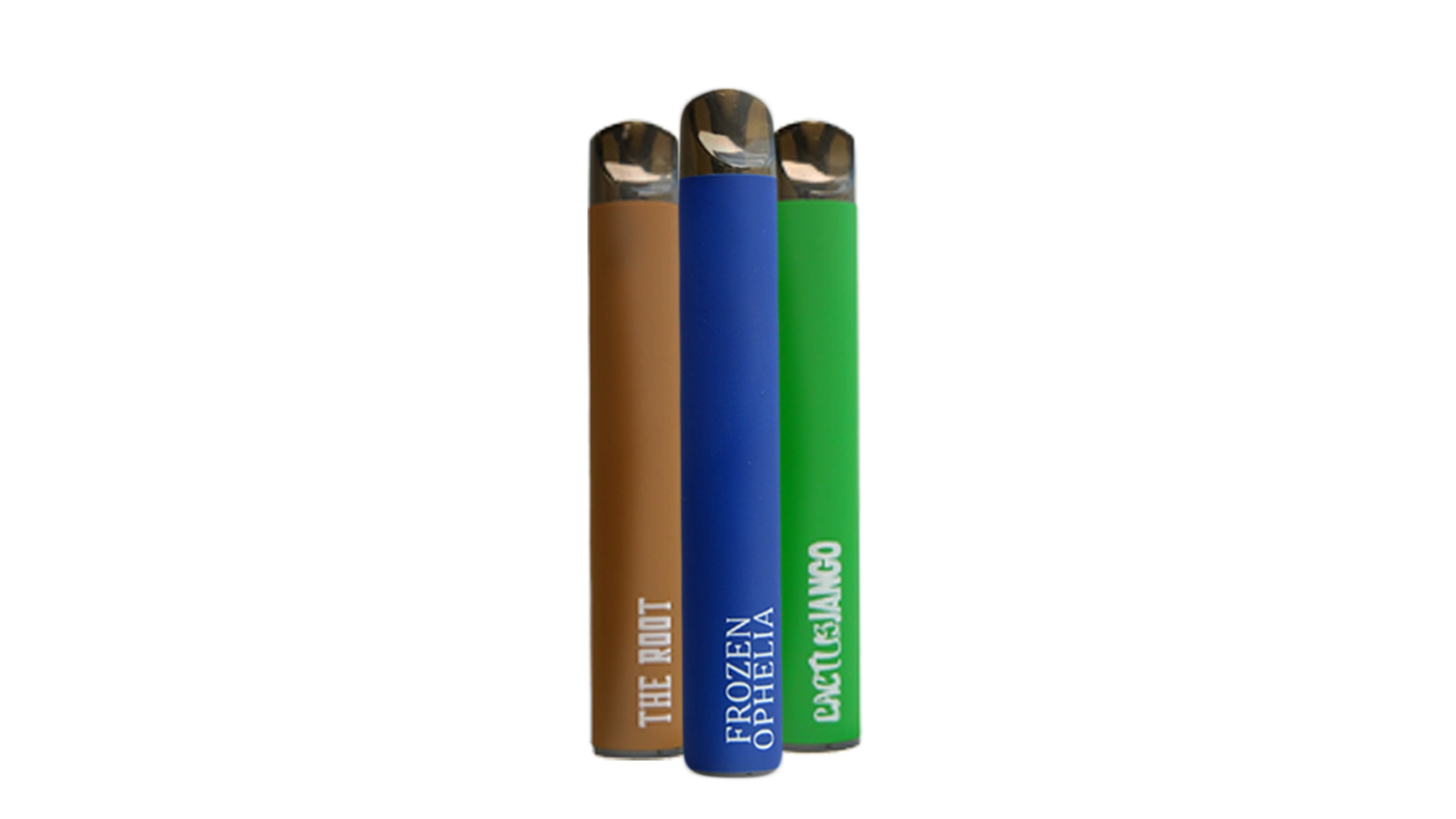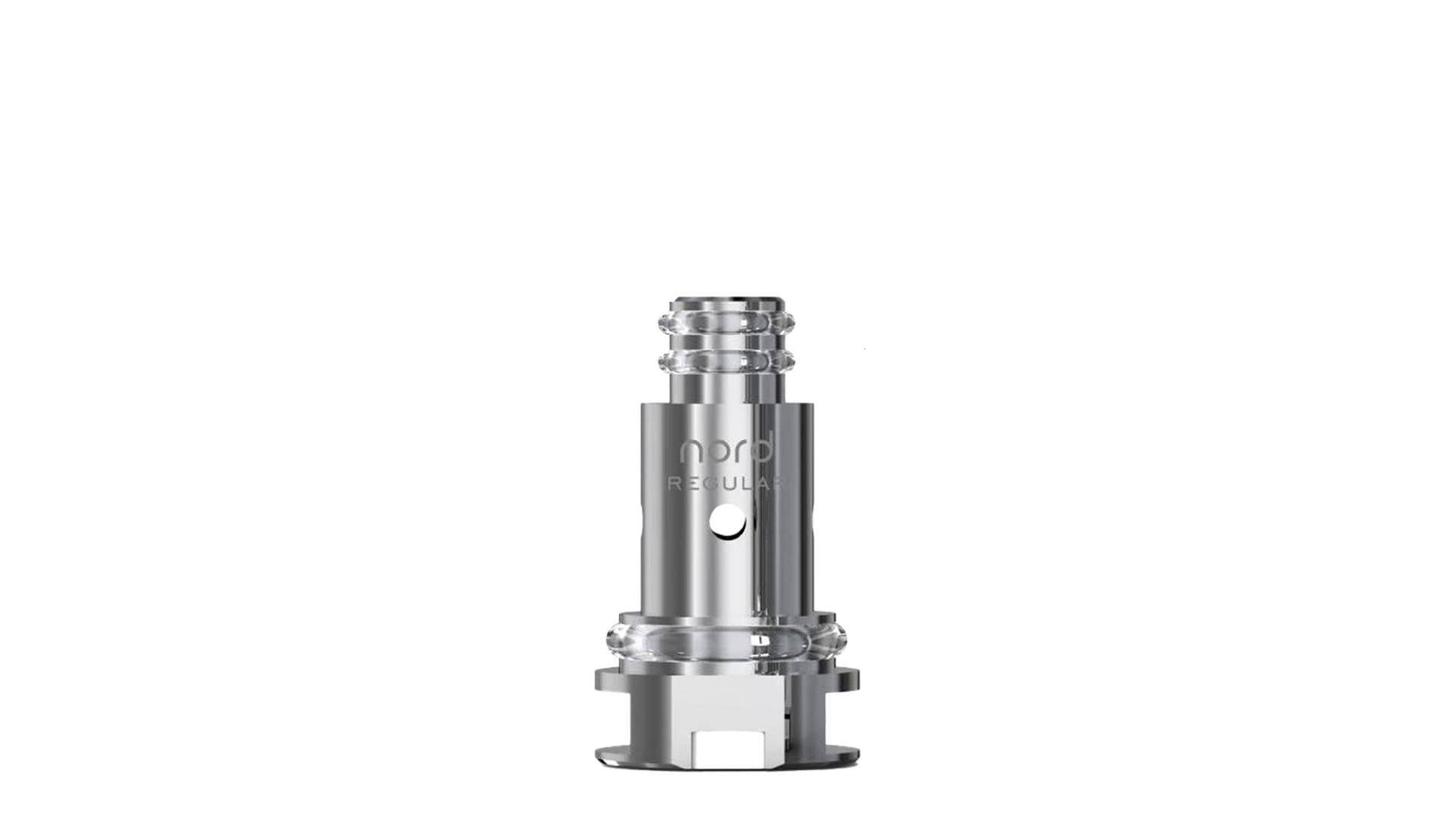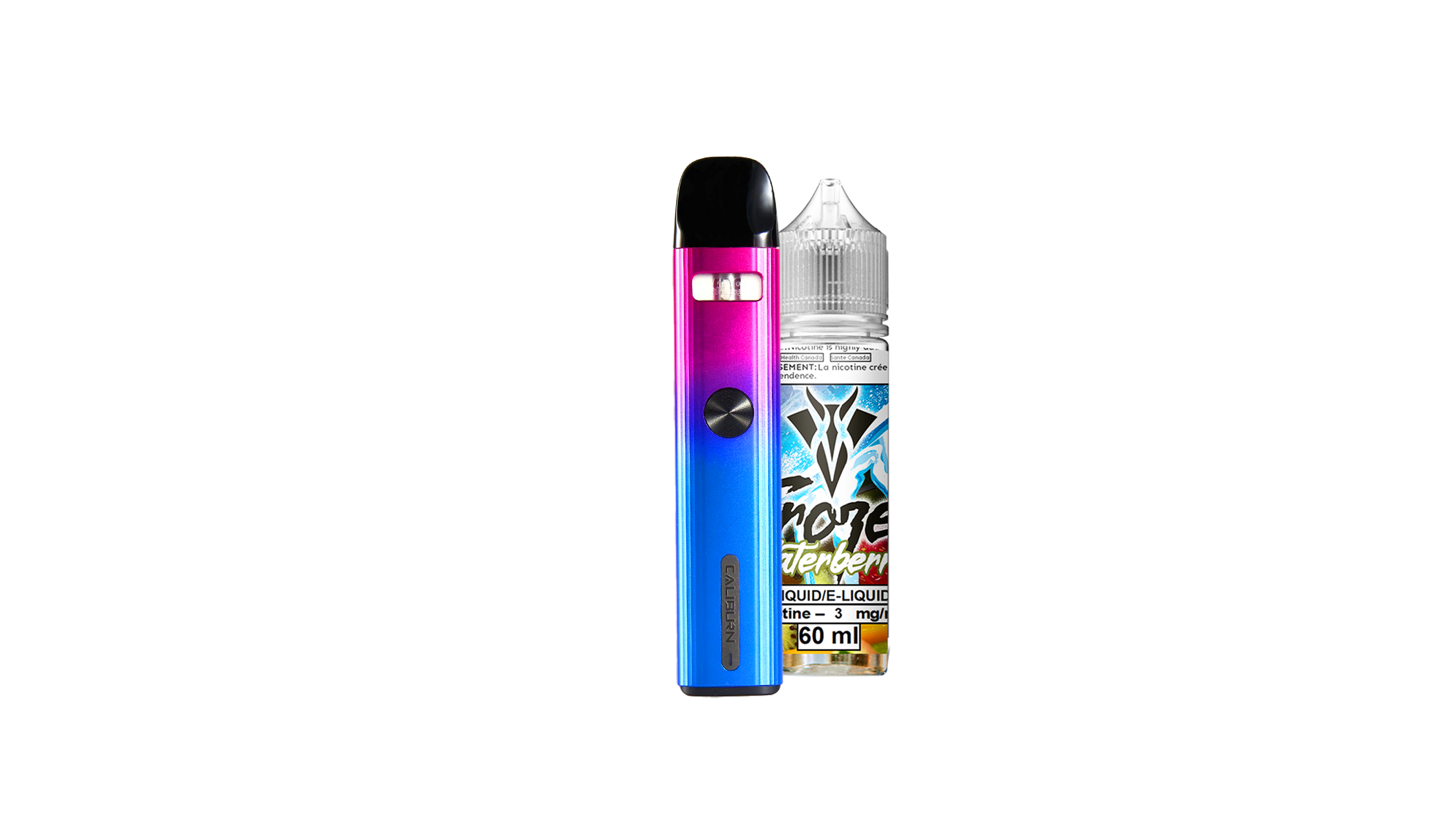Blowing apart misleading studies
Professional Researcher Response to Hong Kong Article "A million times more harmful than outdoor air"
E-Cigarette Research
Source: Click Here
Dr. Konstantinos Farsalinos, MD (Researcher, Onassis Cardiac Surgery Greece, Department of Pharmacology, University of Patras, Greece) puts his thoughts into a recent publication by Elizabeth Cheung (elizabeth.cheung@scmp.com) in the Health & Environment section of the South China Morning Post.
The article states:
Electronic cigarettes were found to contain one million times more cancer-causing substances than outdoor air in a study by Baptist University.
The title of Dr. Farsalinos' response makes his thoughts pretty clear: Hong Kong biology professor cannot understand the difference between mLs of e-liquid and mLs of breathing air
Some excerpts from his response:
Not only it is another story far distanced from the truth but, if the statement of an assistant professor of biology is accurately reported, it is a complete disgrace for the scientist, the department and the university.
...
The average volume of air breathed daily by humans is 20m3 (=20,000,000 mLs). Contrary to that, an average vapers consumes 3mLs of liquid (according to our survey). Thus, the levels in outdoor air in Hong Kong would result in total daily exposure of 960 ng. The levels of exposure from e-cigarette liquids (as tested by the Hong Kong university and assuming they are correct) are 9-1500 ng. This is from 90% less up to 50% more than exposure to outdoor air (or, to express it differently, 100 times less to ½ time more). So, the statement "1,000,000 times higher levels" is a complete false.
...
Let’s not forget that e-cigarettes are (and should be) used as smoking substitutes. The authors said they measured PAHs in tobacco cigarettes and found 5.6-6.3 ng/mL. First, tobacco cigarettes are solid, not liquids or gas. Thus, there is no mL of tobacco cigarettes, they should mention weight of tobacco. But here is the catch: tobacco cigarette smoke is known to contain about 1.6 ug PAHs per cigarette (that is, 1600 ng/cigarette).
...
But how can you compare mLs of inhaled tobacco cigarette smoke with mL of e-liquid? It is simply a joke. The truth is that 1 tobacco cigarette contains by far more PAHs than what they reported they found in 1 mL of liquid (which is 1/3rd the daily consumption).
...
This is a typical case of gross misinformation and extremely poor science. Literally, a public health disgrace… The reporters of this "study" (not authors, because there is no published study) need to immediately apologize to the public for creating this story out of nothing.





